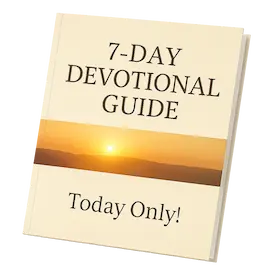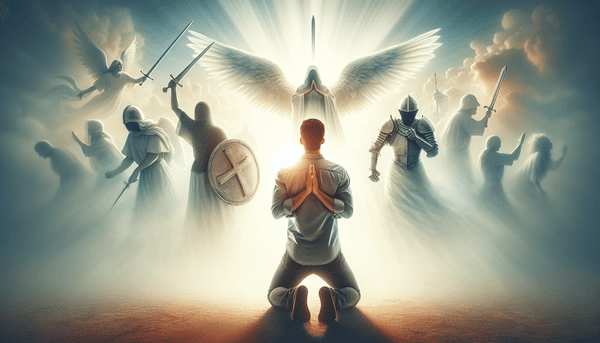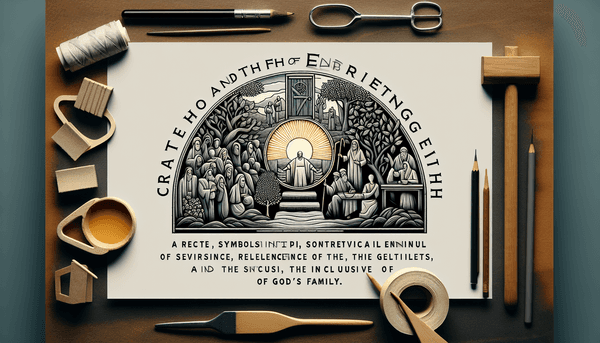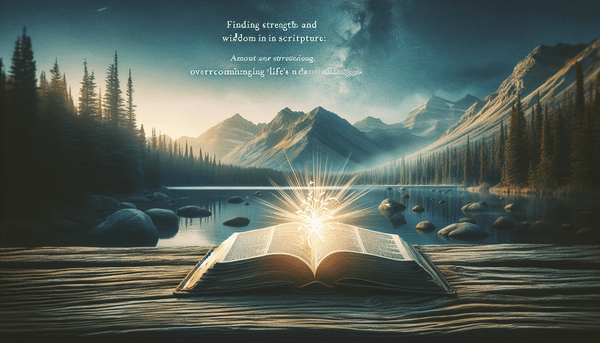Dancing in the Bible
Dance is a powerful form of expression that transcends time and culture, and the Bible is no stranger to its significance. In Psalm 149:3, believers are encouraged to 'praise His name with dancing,' highlighting the joyous nature of this act. Dancing within the biblical narrative is not merely for entertainment but is deeply intertwined with moments of spiritual and communal significance. For example, when the Ark of the Covenant was returned to the people of Israel, King David danced before the Lord with all his might, as described in 2 Samuel 6:14. Moreover, the wisdom literature of the Bible, such as Ecclesiastes 3:4, acknowledges that there is 'a time to weep and a time to laugh, a time to mourn and a time to dance,' illustrating the balance of human experiences and the place dance holds in the rhythm of life. It serves as a form of worship and celebration, a way for the faithful to express their elation and gratitude towards God, as Miriam did with her tambourine after crossing the Red Sea (Exodus 15:20-21).
The Israel-Hamas Conflict and Biblical Principles
The longstanding conflict between Israel and Hamas is fraught with complexity and historical depth. While the Bible does not comment on specific modern political situations, it does offer timeless principles that can guide our approach to such conflicts. Romans 12:18 advises us to 'live at peace with everyone,' if possible. This verse underscores the importance of striving for peace and justice, even amidst the most challenging circumstances. The scriptures also emphasize the significance of compassion, as seen in Matthew 5:9, where Jesus pronounces blessings on the peacemakers. The Bible encourages us to consider the impact our actions have on others and to seek resolutions that uphold the dignity and well-being of all individuals involved. In the pursuit of peace, biblical wisdom calls for discernment and prayerful reflection on the part of leaders and individuals alike.
The Rapture According to the Bible
The concept of the Rapture is a topic of significant interest and various interpretations among Christians. According to 1 Thessalonians 4:16-17, there will come a time when 'the dead in Christ will rise first,' followed by those who are alive being 'caught up together with them in the clouds to meet the Lord in the air.' This event offers comfort to believers, promising deliverance from the coming judgment and a reunion with Christ. While views on the timing of the Rapture differ—ranging from pre-tribulation to post-tribulation stances—the central theme remains the same: the Rapture is a call to readiness and a life of holiness. As believers anticipate this prophetic event, the assurance of meeting the Lord instills hope and motivates a commitment to sharing the gospel, as seen in Matthew 24:31 and 1 Corinthians 15:52, which speak of the gathering of the elect and the transformation that will occur 'in a moment, in the twinkling of an eye.'
Conclusion
In examining these diverse yet interconnected biblical topics, we can appreciate the depth and breadth of the guidance provided by scripture. From the celebratory movements of dance to the complex issues of peace and conflict, and from the pursuit of understanding through the Spirit to the eschatological hope of the Rapture, the Bible offers insights that remain relevant and powerful today. As we reflect on these teachings, let us be inspired to incorporate these timeless principles into our daily lives, contributing to a world that seeks joy, peace, wisdom, and understanding in the light of God's word.






